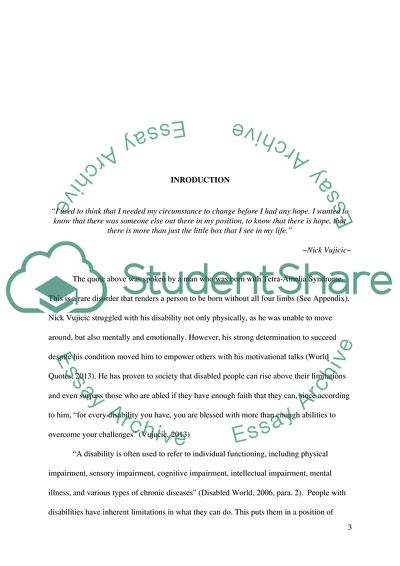Cite this document
(Disability in Society Case Study Example | Topics and Well Written Essays - 2250 words, n.d.)
Disability in Society Case Study Example | Topics and Well Written Essays - 2250 words. Retrieved from https://studentshare.org/sociology/1804798-disability-and-society
Disability in Society Case Study Example | Topics and Well Written Essays - 2250 words. Retrieved from https://studentshare.org/sociology/1804798-disability-and-society
(Disability in Society Case Study Example | Topics and Well Written Essays - 2250 Words)
Disability in Society Case Study Example | Topics and Well Written Essays - 2250 Words. https://studentshare.org/sociology/1804798-disability-and-society.
Disability in Society Case Study Example | Topics and Well Written Essays - 2250 Words. https://studentshare.org/sociology/1804798-disability-and-society.
“Disability in Society Case Study Example | Topics and Well Written Essays - 2250 Words”. https://studentshare.org/sociology/1804798-disability-and-society.


